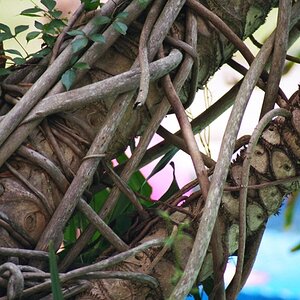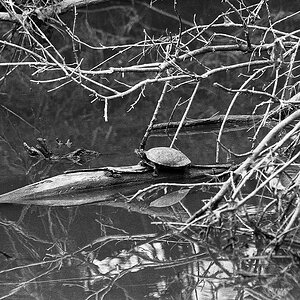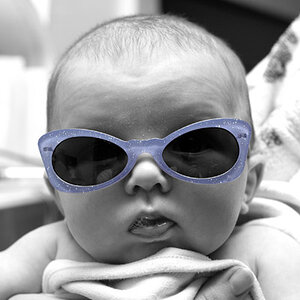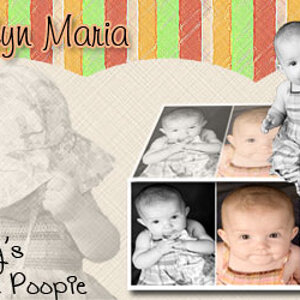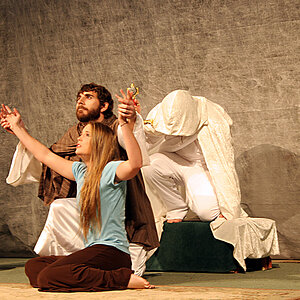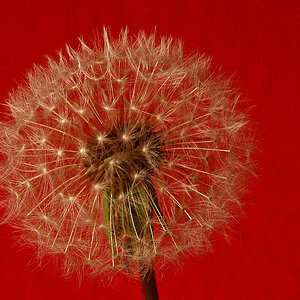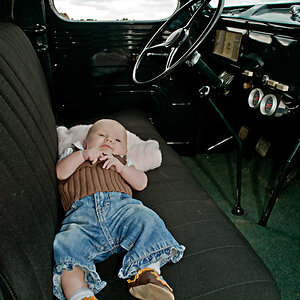MarkF48
TPF Noob!
- Joined
- Jun 16, 2010
- Messages
- 106
- Reaction score
- 4
- Location
- Massachusetts, USA
- Can others edit my Photos
- Photos OK to edit
Years ago I had a pretty decent setup for a darkroom and doing wet prints wasn't a problem and really enjoyed the process. Living circumstances changed and I no longer have a real darkroom, but rather a makeshift setup which isn't at all convenient to setup, so I rarely ever do any enlarging or wet processing anymore. Film processing isn't really a problem as it doesn't take a lot of space.
Kind of wondering how many others are still wet processing prints versus scanning a negative and printing on a printer or sending it out.
Kind of wondering how many others are still wet processing prints versus scanning a negative and printing on a printer or sending it out.



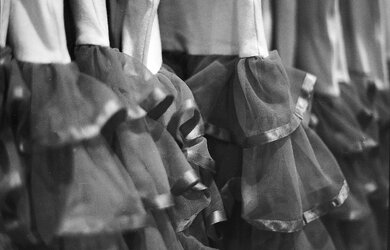
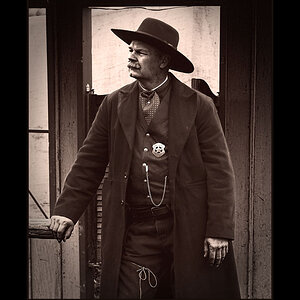
![[No title]](/data/xfmg/thumbnail/31/31050-824a861ee359cd274a794fc7b9ff8f7b.jpg?1619734588)
![[No title]](/data/xfmg/thumbnail/42/42397-30faa170de7ed9be38adf00b9b26a220.jpg?1619740167)
